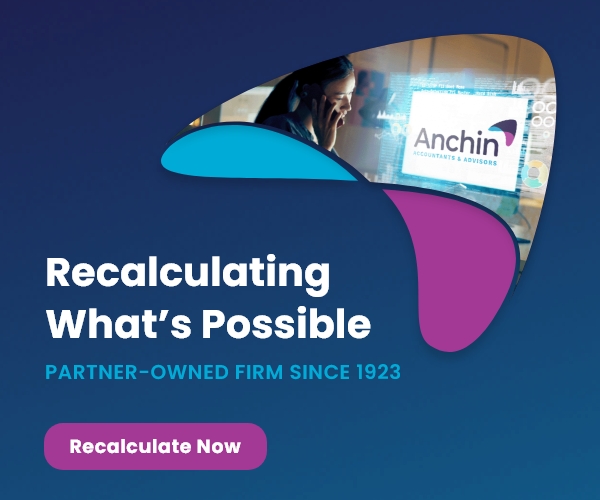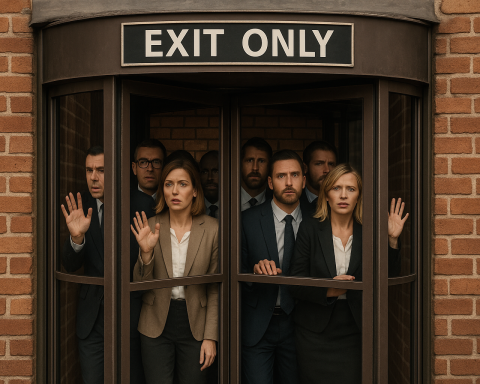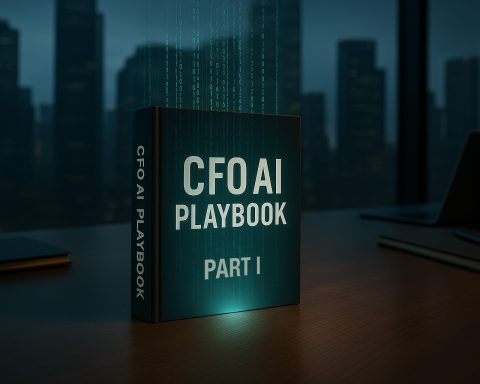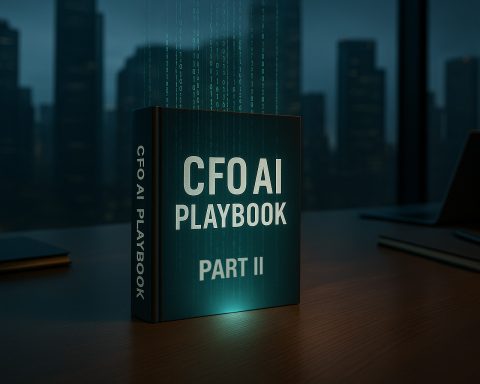Recently, I posted about the concept of a “glass cannon.” It’s a term borrowed from gaming, used to describe a character that delivers massive damage but has almost no defense. It’s powerful, yes, but fragile. High output. Low durability. Deadly, but vulnerable.
I didn’t expect it to resonate the way it did. But it turns out the glass cannon isn’t just a character build. It’s a metaphor for a very real kind of leadership. Maybe even a kind we silently reward.
And lately, I have started seeing glass cannons everywhere, in teams, in culture, and sometimes in myself.
So, what do you do when the person driving performance is also at risk of breaking? What happens when your top output comes from a place of fragility, not stability?
And how do you lead in a world that increasingly celebrates sprints but forgets endurance?
High Performance, Low Resilience
The modern business world doesn’t just tolerate glass cannons. It manufactures them.
We promote high producers. The high achievers. The people who respond to 10 p.m. emails and crush deadlines without blinking. We reward intensity over sustainability.
Until one day, they stop firing. Or worse, they shatter.
A glass cannon in the workplace might be your star salesperson who carries the quarter but is burning out silently. It might be your marketing director who never misses a launch but has not taken a real vacation in two years. It might be the founder who is holding it all together while falling apart behind the scenes.
We tell ourselves these people are strong because their output is strong. But strength without protection is an illusion.
What is more dangerous is that we often reward this fragility disguised as dedication. These individuals set the pace for others, creating a culture of quiet pressure. Their habits become normalized. And soon, what was once exceptional starts to feel expected.
Over time, this pressure scales, often without anyone saying a word. Teams begin to internalize that the standard is relentless. And slowly, quietly, resilience erodes across the organization.
The Link Between the Sink and the Cannon
In From Boardrooms to Backups, I wrote about coming home from a full day of executive meetings only to find my kitchen sink clogged. The metaphor stuck with me because it reminded me that leadership is often not about strategy sessions or dashboards. It is about what is happening below the surface, what’s silently backing up or breaking down while we are focused on optics and outcomes.
The clogged sink was about systems.
The glass cannon is about people.
And here is the truth: your highest-performing people can also be your most at risk. Just like a perfectly functional sink can hide a mounting clog, high output can mask mounting fragility.
That is why it’s dangerous to lead by performance alone. When you fail to notice the cracks in the cannon, you don’t just risk losing a person. You risk losing momentum, morale, and trust.
Just as you wouldn’t wait for a pipe to burst before inspecting your plumbing, leaders cannot wait for someone to burn out before addressing what’s driving their behavior. If your people feel like they cannot rest, can’t speak up, or can’t say no, then the culture is complicit in their fragility, even if it is unintentional.
Fragility Hides in Plain Sight
The tricky thing about glass cannons is that they look invincible, until they are not.
They rarely complain. They say “yes” more than they should. They make it look easy. And because they deliver, we give them more. Then more again. Eventually, the load becomes unsustainable. But by the time they say something, it is often too late.
In organizations, this creates a dangerous feedback loop. We build cultures around over-functioning. We hold up the glass cannon as the model for success. And without realizing it, we send the message that your value is your velocity.
We would never say that aloud. But our actions preach it daily.
What makes this dynamic even more complex is that many glass cannons don’t realize they are one. They believe their pace is sustainable. They wear their grind as a badge of honor. They don’t see the risk, and often, neither do we, until something breaks.
Part of leadership is having the courage to interrupt that loop. To step in not when performance drops, but when it is too high for too long. It takes wisdom to distinguish between someone thriving and someone overextended. One fuels long-term growth. The other quietly corrodes it.
The Quiet Cost of Fragile Strength
Glass cannons break quietly. And when they do, the cost is not just personal, it’s organizational.
Morale takes a hit. Institutional knowledge walks out the door. Teams scramble to reallocate what used to be managed by one over-functioning individual. Trust erodes as people ask, “How did no one see this coming?”
We miss these signals because we are focused on results. But if we do not assess the resilience behind the results, we are leading blind.
And let’s not forget, many leaders themselves are glass cannons. Operating at max capacity, running on adrenaline and accountability, with little margin for error. When the leader breaks, the ripple effect is even greater.
This is especially true in high-growth environments. Fast-growing companies tend to rely on a few key players to carry disproportionate weight. While that works in the short term, it’s unsustainable if leaders do not begin transferring capability, redistributing responsibility, and investing in scale, not just speed.
Build Armor, Not Just Ammunition
The answer is not to suppress high performance. It is to support it.
Just like a clogged sink needs inspection and maintenance, your highest performers need protection and reinforcement. The goal is not to dull their edge. The goal is to give them armor. Make them durable, not just deadly.
Here’s how that starts:
- Normalize Recovery, Not Just Output
Create a culture where rest is respected. Talk about margin. Encourage time off and model it from the top. Normalize the idea that endurance, not overextension, is the goal. This includes building slack into systems and creating room for people to disconnect without guilt. - Look Beyond the Dashboard
Data shows output. Conversations reveal capacity. Schedule regular check-ins that are not about performance, but about wellbeing. Ask, “How are you really doing?” And mean it. Learn to read between the lines. When someone says, “I’ve got it,” ask again. - Balance the Load
If someone is carrying too much, don’t celebrate their hustle. Ask why it is necessary. Are there any gaps in the team? Are we optimizing resources? Is this person over functioning in a system that should be supporting them? If heroics are part of the plan, then the plan is broken. - Invest in Protection
Coaching. Professional development. Mental health resources. Armor takes many forms. When you invest in protection, you signal that the person matters more than their production. Think of this as preventive maintenance for your best people. - Watch for Hidden Clogs
Just like in plumbing, what backs up is not always visible. Pay attention to the “feeling” around a person. Are they becoming irritable? Disconnected? Overly agreeable? These are early signs that pressure is building. Don’t wait for them to raise their hand, go first.
Leadership Is a Durability Game
In both metaphors, the clogged sink and the glass cannon, the common thread is this: sustainability requires intention.
We cannot afford to ignore the cracks in our systems or the stress in our people. Both eventually break. And when they do, it’s not a small leak or a minor crack. It’s a full system failure.
Leadership is not just about launching strategy or delivering results. It’s about ensuring that those results are delivered safely, reliably, and repeatedly. It’s about building structures and cultures that can manage the pressure they produce.
Durability is not just about longevity. It is about capacity under pressure. It is about staying functional when conditions are far from ideal. And it is about designing your organization, your team, your rhythms, your expectations, with that in mind.
Final Inspection
If you are reading this as a leader, take stock of your team, and yourself.
Who is the cannon you’re proud of, but worried about?
Where is the sink you haven’t checked lately?
Are you praising performance without checking for pressure?
Because when the output is high and the defenses are low, that is not a winning formula. That’s a warning light.
The good news? You do not need to wait for a crack or a clog to take action. You can build resilience before it’s tested. You can reinforce systems before they back up. You can protect people before they burn out.
That’s what sustainable leadership looks like.
And that’s what turns fragile brilliance into a lasting impact.





















